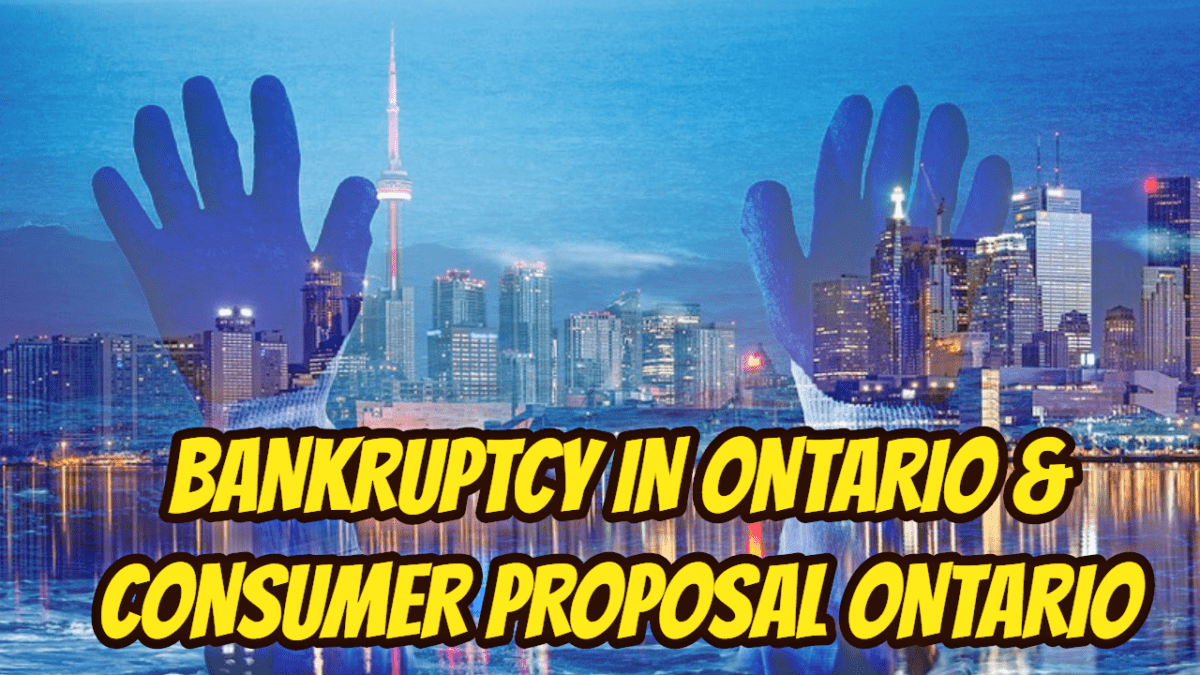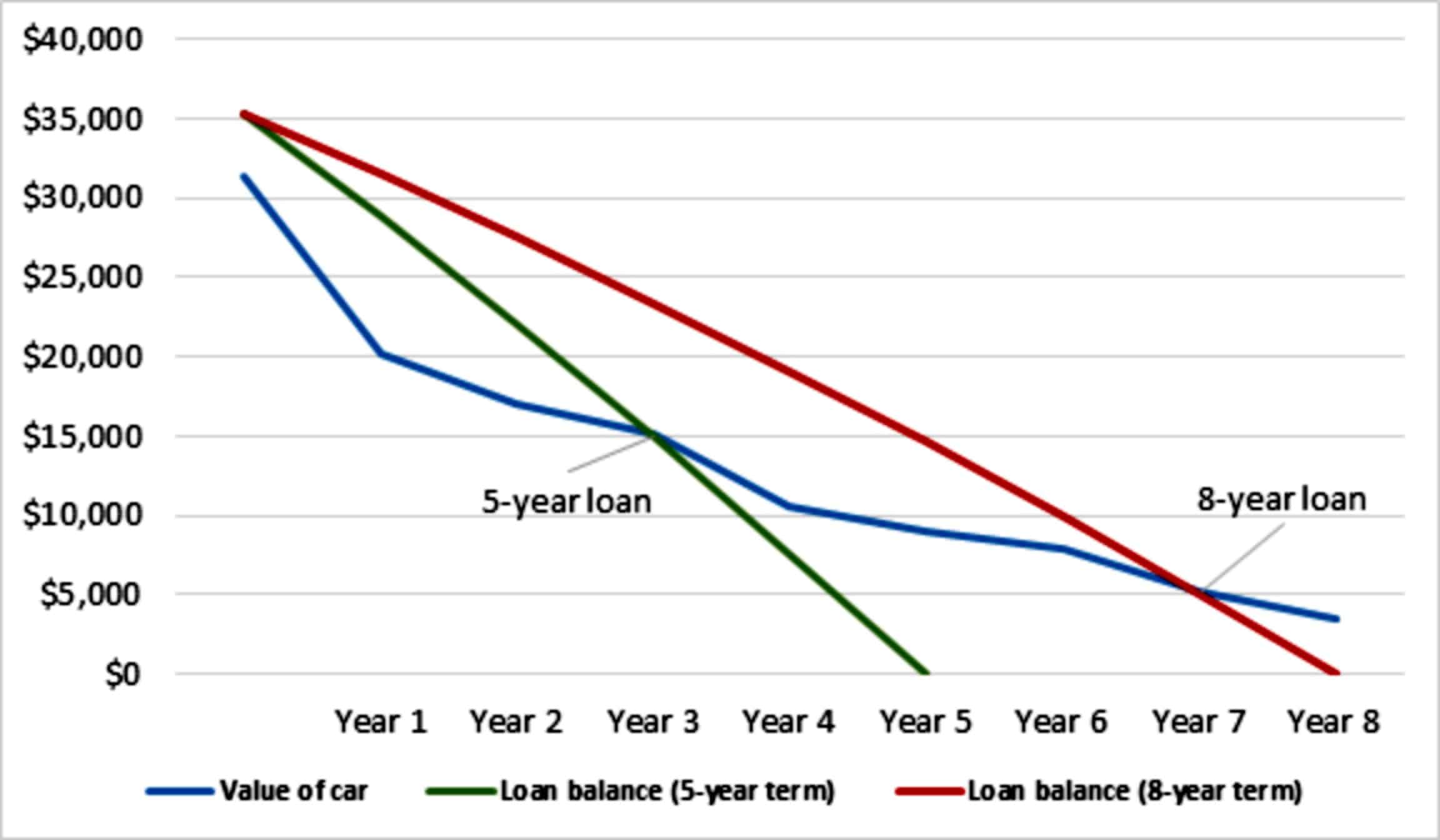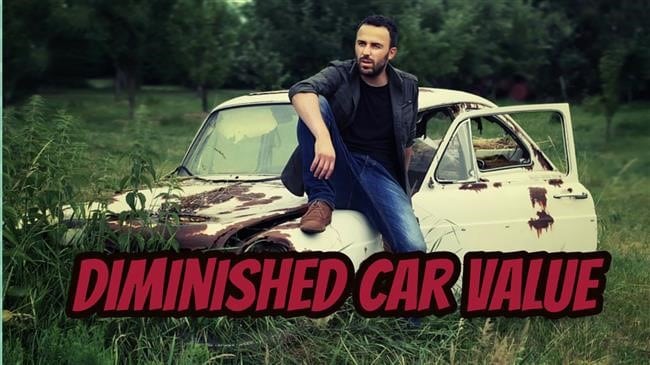[monkeytools msnip=”http://monkeyplayr.com/playr.php?u=5173&p=20624″]
Can you file bankruptcy and keep your home and car? Introduction
We are often asked the question, can you file bankruptcy and keep your home and car? In my last Brandon’s Blog, I described the circumstances to answer the question can you keep your house if you file bankruptcy in Canada. Here is the link to the blog, IF I FILE FOR BANKRUPTCY ONTARIO WILL I LOSE MY HOME? [2019 EDITION]. In this blog, I will tell you what happens to your automobile when you file bankruptcy.
Can you file bankruptcy and keep your home and car? Do they take your car if you file bankruptcy?
Can I keep my car if I file bankruptcy in Ontario is also a common question. The answer is if you need to or want to and can afford to, then yes. Let me explain. The most common range of situations involving a person filing for bankruptcy and their car are:
- The auto is leased.
- There is a car loan outstanding and is secured against the automobile.
- Car is free and clear of any financing.
- Auto is owned by the employer.
- Spouse owns the vehicle.
If the wheels are owned by an employer, then there is no issue. If you file for bankruptcy, the employment continues and access to the company automobile also does.
If the auto is owned by your spouse, then it is not your asset and is not directly impacted by your bankruptcy. In the case of a leased automobile, the vehicle is owned by the lessor, not you. So again, a leased car is not directly impacted by your bankruptcy.
However, if the car is leased, do you really need that specific car? Can you keep up with your lease payments? If you fall behind in payments, the lessor can retrieve its vehicle, bankruptcy or no bankruptcy.
In the case of where your car is financed, whether it is owned by you or your spouse, the same question remains. Can you afford to keep up the payments as part of the household budget? Do you need that specific vehicle?
Can you file bankruptcy and keep your home and car? Can you file bankruptcy on car loans?
This may seem like an odd question, but in a way of speaking, the answer is yes. The same is true if the car is leased by you.
If you have decided that you can no longer afford the financing or lease payments and you don’t need that specific vehicle, it is possible to return the car to the lessor or lender and have the fallout from that termination count in the debts caught in the bankruptcy proceedings. That is what I call filing bankruptcy on car loans. However, to do so, you must follow certain steps very carefully.
What I always advise people who cannot afford to keep the car payments and are going to lose it anyway, is to return the car BEFORE they file either a consumer proposal or for bankruptcy. Then you must wait to receive notice of default from the lessor or lender and that they are accelerating their claim for the breach of the lease or the shortfall from the sale of the vehicle.
The reason you have to wait is if you file a consumer proposal or for bankruptcy before they make this demand on you, they could take the position that their debt crystallized after you filed. The last thing you want is for their debt to be a post-filing claim. A post-filing claim is payable in full by you. So with some planning and patience, it can be a pre-filing claim, caught in your consumer proposal or bankruptcy.
If your spouse has guaranteed payment of the car lease or car loan, then this strategy may not be the best for you. The lessor or lender, in this case, would have the right to demand full payment from the guarantor. So, you may not have accomplished anything by doing this.
If you choose to do this, but you do require a car, then you, your spouse, a good friend or your employer will have to arrange for a new auto for you that your family budget shows you can afford to pay for. As you can see, the decision is not a simple one. You must very carefully analyze this situation before taking any action.
Will I lose my car if I declare bankruptcy if I want to keep the car I own?
Not automatically. In bankruptcy, like with your home, the Trustee is not entitled to the car. What the Trustee is really entitled to is the equity in the auto. The Trustee would rather receive cash representing the car’s equity, and not taking possession of your car.
Think about it. By taking possession the Trustee has to store and insure the car and then sell the used car. It is much easier for a Trustee to just accept cash; either a one-time payment or in regular monthly installments.
The equity in a car is calculated as follows:
- Find the car’s current market or black book value. The price you paid for the car is not the current value of the auto. A Trustee always runs a black book desktop appraisal of a car and can tell you what that number is.
- If you have a car loan and the lender registered security against the auto, you have to deduct the current amount outstanding on that loan. If you don’t have any such financing, then you would not deduct anything. After performing this part of the calculation, move on to step 3 below.
- In Ontario, under the regulations to the Ontario Execution Act, RSO 1990, c. E.24, a person is entitled to an exemption of $6,600 for one vehicle. So you need to deduct $6,600 from the amount you arrived at in your calculation in number 2 above. If you end up with a negative number, there is no equity. If you get a positive number, that is the equity you have in the car.
As I mentioned before, the Trustee would rather make arrangements with you to get that value in cash during your bankruptcy administration, rather than taking possession of your auto. Don’t get me wrong. If you have a high-end valuable car, or you can’t come up with the cash over time to pay the Trustee your equity, the Trustee will have no hesitation to take possession of your car. It just isn’t the Trustee’s first choice to do so.
So I hope that by now you understand why I say the answer to the question, will I lose my car if I declare bankruptcy, is if you need to or want to and can afford to, then yes!
What Will filing for bankruptcy do?
As I have written many times in earlier Brandon’s Blog articles, bankruptcy should be the last choice. Bankruptcy will allow the honest but unfortunate person to get financial rehabilitation. It will allow that insolvent person to reenter society as a person free from their debts.
Do you have way too much debt? Are you having trouble making your month-to-month expenses? Is your business having a difficult time managing its financial challenges that you simply can not figure the escape of?
Call the Ira Smith Team today so you can end your stress and anxiety that your monetary troubles have caused. With the unique roadmap, we establish special for you, we will immediately return you right into a healthy and balanced trouble-free life.
If so, call the Ira Smith Team today. We have years and generations of experience helping people and companies searching for financial restructuring or a debt settlement strategy. As a licensed insolvency trustee, we are the only specialists acknowledged, certified and supervised by the federal government to offer insolvency advice and options to assist you to avoid bankruptcy.
You can have a no-cost assessment now to assist you so we can fix your debt troubles. Call the Ira Smith Team today. This will most definitely allow you to get back to Starting Over Starting Now.






